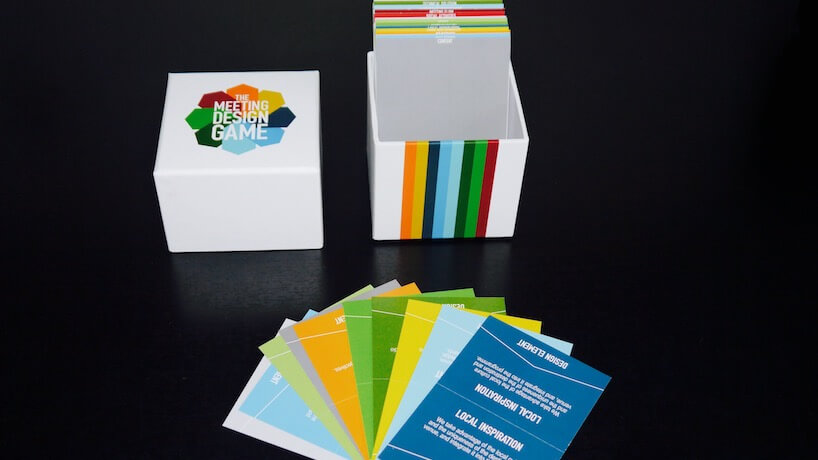This Just In
We asked Bo Kruger — meeting designer, facilitator, speaker, author, and founder of Copenhagen-based management motivation consultancy Moving Minds — for insights into the role gamification can play in attendee engagement.

Can you explain what is meant by the term ‘gamification’?
There is research that concludes that to play is a human need. Without it, we are not at our best. We see this in how motivated people are by games. They engage for no other purpose but to play – just look at how children are drawn to computer games, for example. Gamification brings the elements and dynamics of games, such as motivation and engagement, and uses them for purposes beyond just playing games.
How do you use gamification to motivate event attendees?
We’ve found that the important elements of gaming are to make it fun, and not so competitive. A lot of motivational research tells us that almost any kind of reward is demotivating. So, there should be an objective that participants must achieve, but if we make it highly competitive, then this results in one winner, who feels great, and lots of losers who, mostly likely, will feel less motivated. We want everyone to feel engaged, and enabling them to have fun is how we do it. Fun is more important to motivation, and therefore gamification [should be less about] competition and reward.
Can you give examples of how gamification is used in an event or meeting scenario?
Yes, Network Bingo. We use it to break the ice and get a room of strangers networking well. Network bingo uses traditional bingo cards, but instead of numbers, the squares contain personal information about people in the room, such as who sings in the shower, who is an expert chess player, who takes an art class. Players are given a limited amount of time to work the room, asking questions, to find out who fits with each personal attribute. The first one to complete their form shouts “Bingo.”
Another game we have developed is the Meeting Design Game. It’s a card game that can be played by up to 200 people simultaneously. By encouraging them to make choices, the game helps them learn how to create great events or creative business strategies.
How do you know gamification works?
Well, I would say you can see the response from engaged delegates in the room. But we also collect feedback, and this shows that around 80 percent feel the meeting was made better by the gamification element.
What does this mean for the 20 percent of attendees that feel gamification doesn’t improve the event for them?
Engaging people is all about good design. You must apply the right games for your audience to maximize engagement, but it is true, there are some people who are reluctant to accept change, and while we try hard to include them, we have to accept that not all will respond positively to playful methods.
How do you create the right games for your audience?
We find, along with considering the event objectives, the best approach is to put yourself in the shoes of the audience members. Consider what they will like; think like a player. Never forget what you create must be meaningful, engaging, and fun, and the other vital component is to ensure they understand why they are doing it — the difference it will make.
I believe, that with the right structure, a game can be used for any situation, and will engage and motivate any audience.

